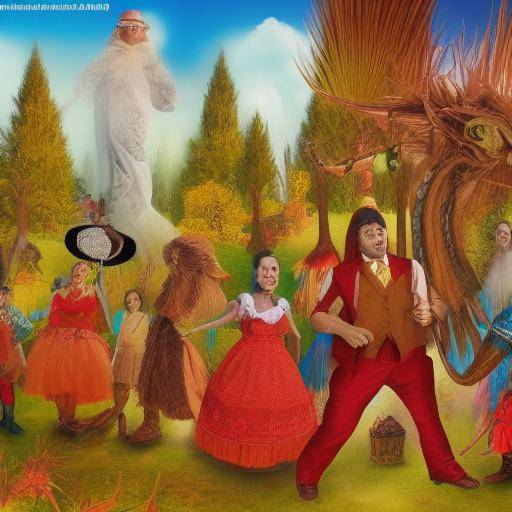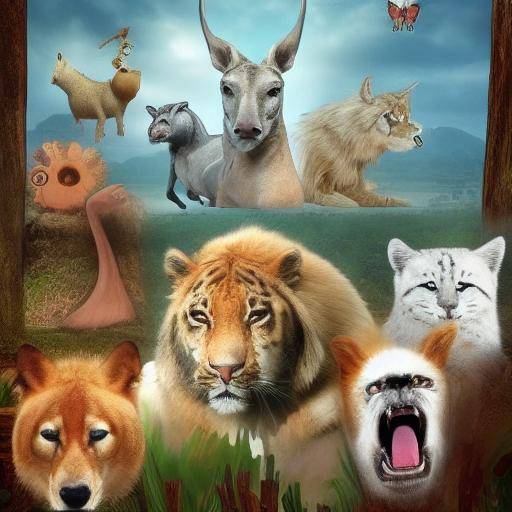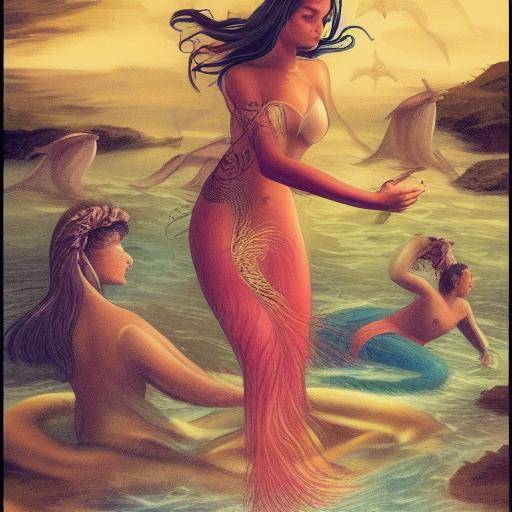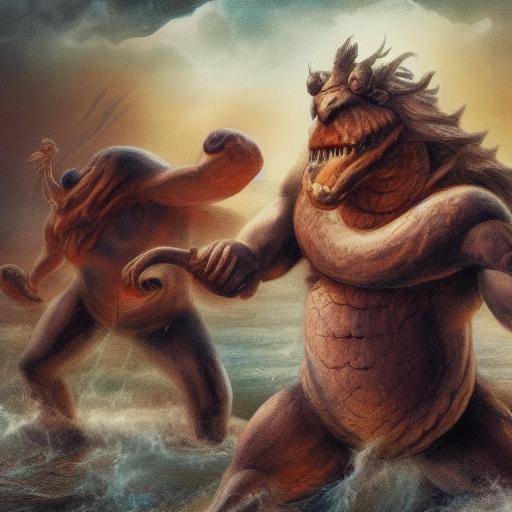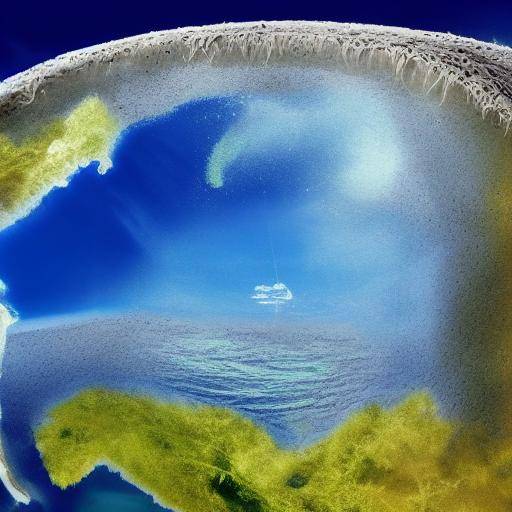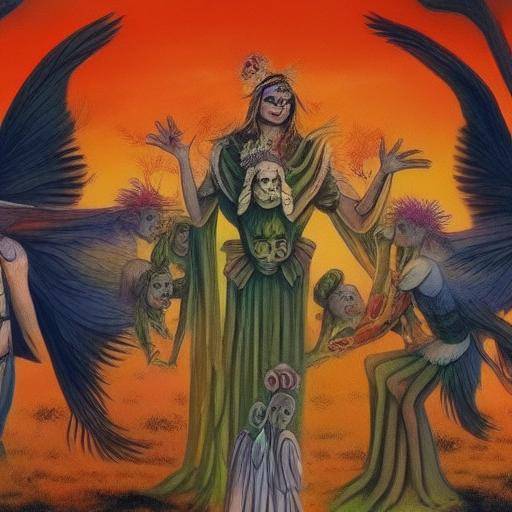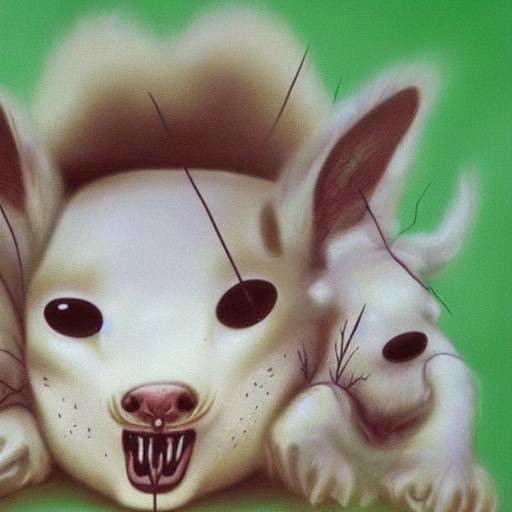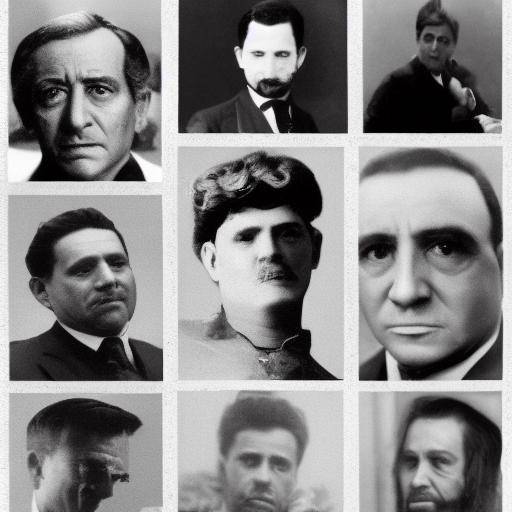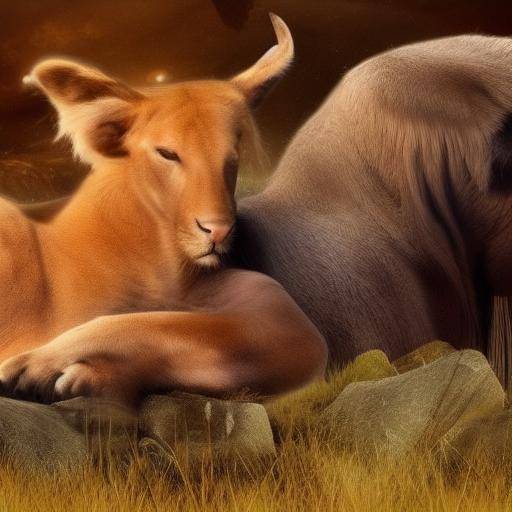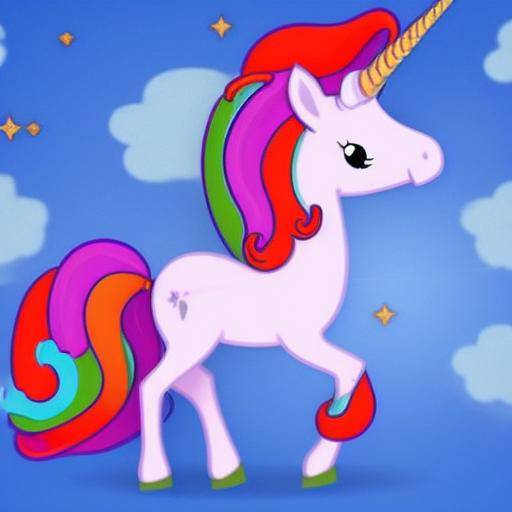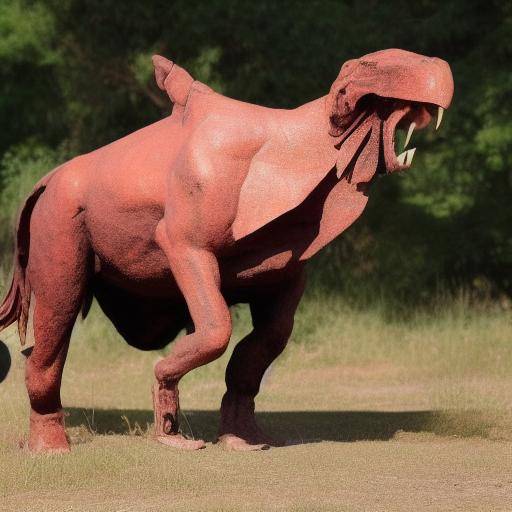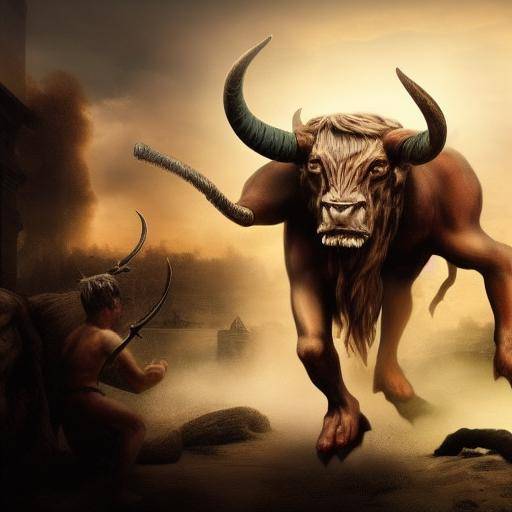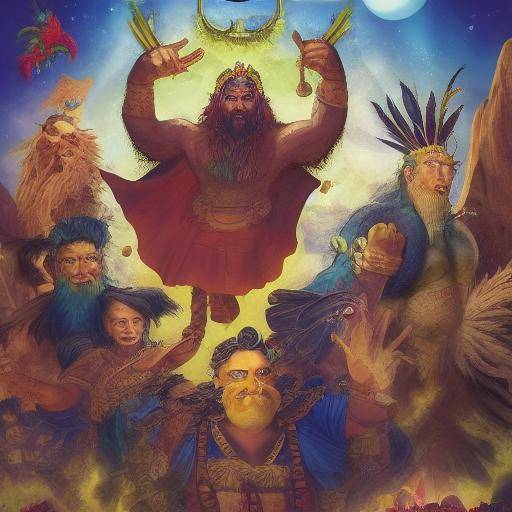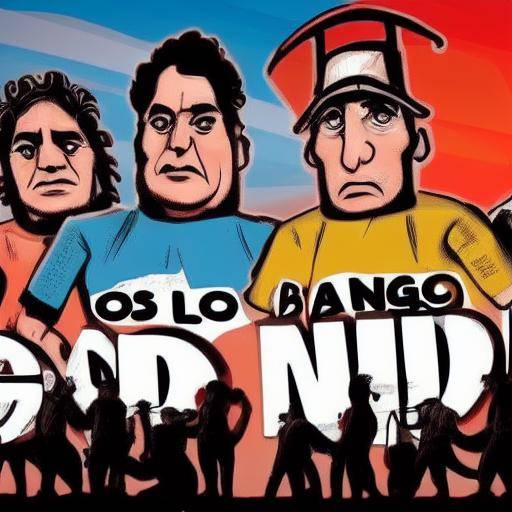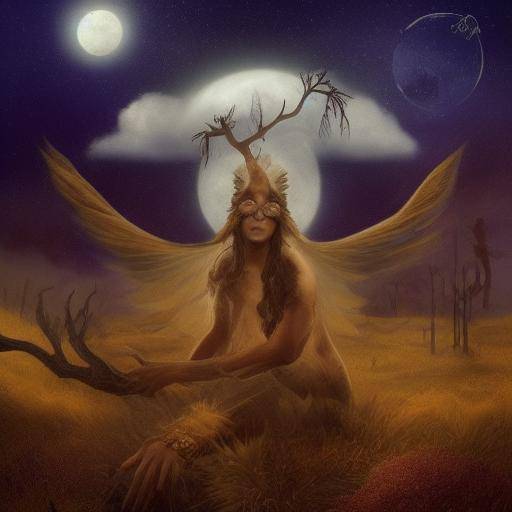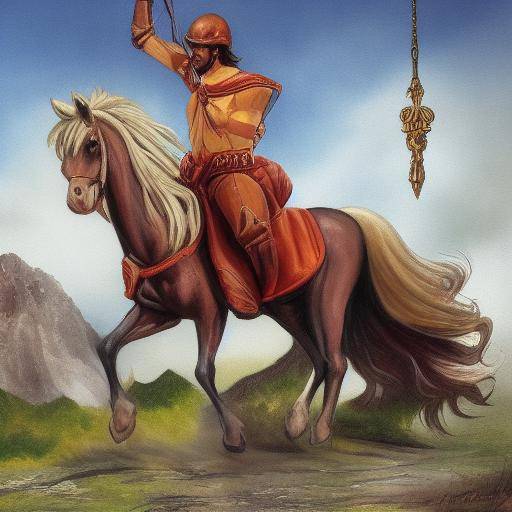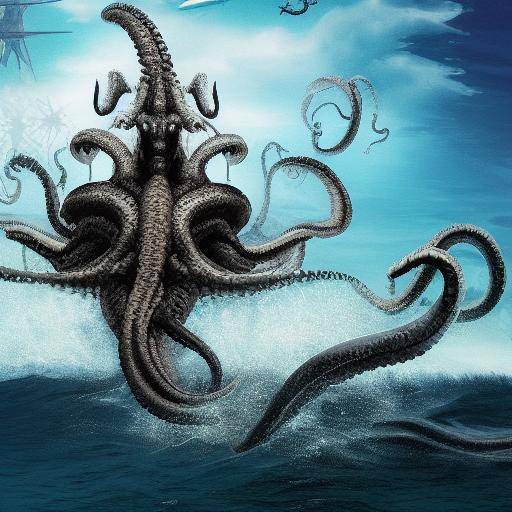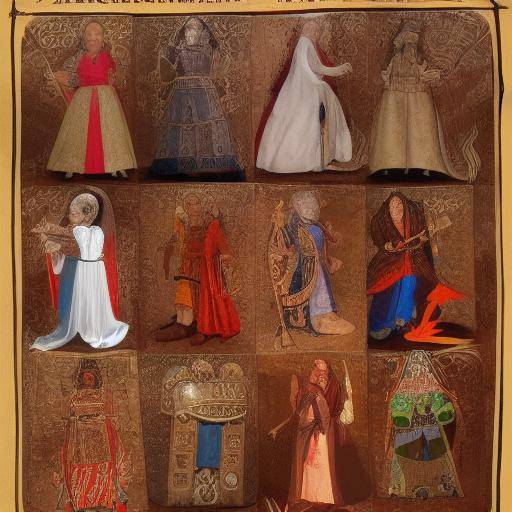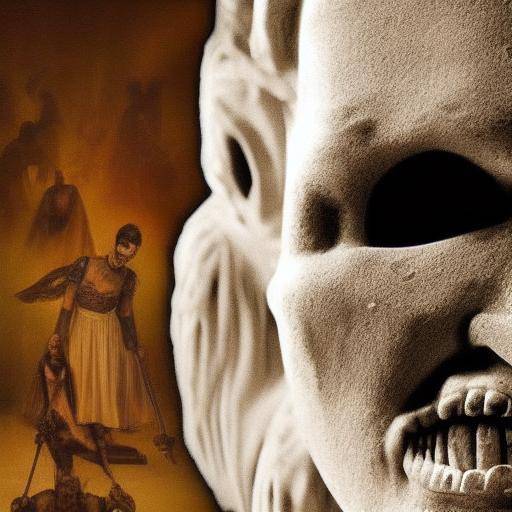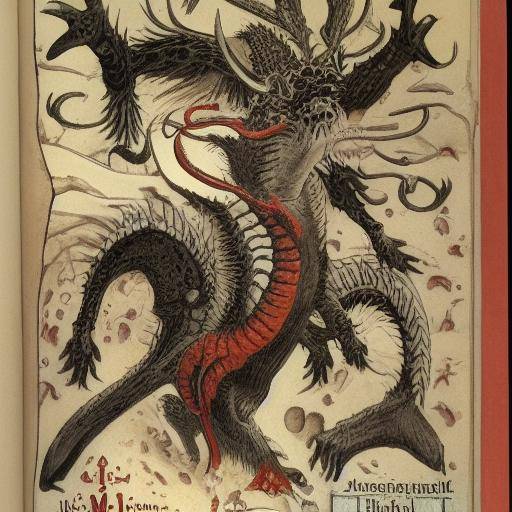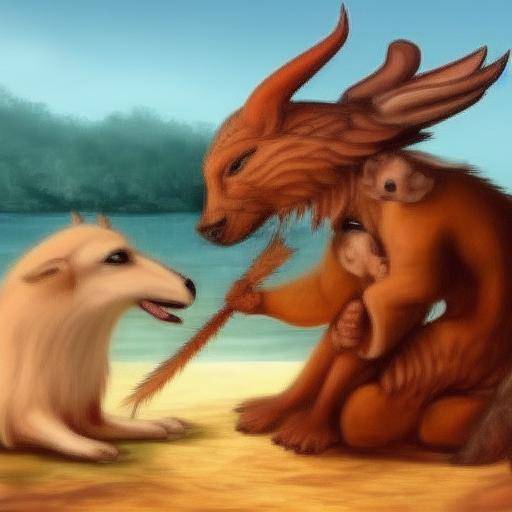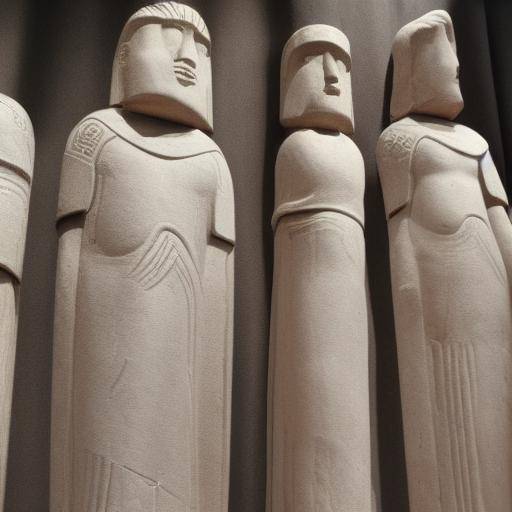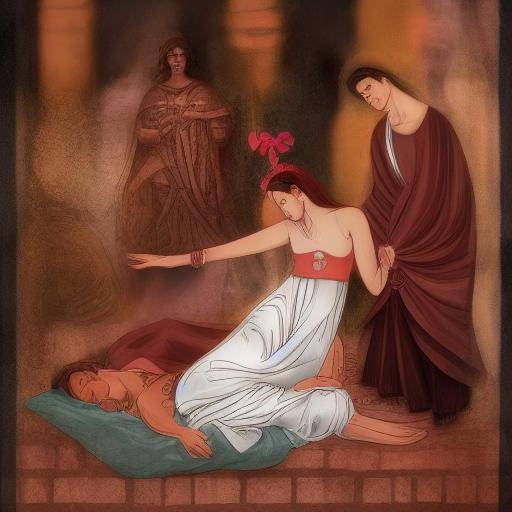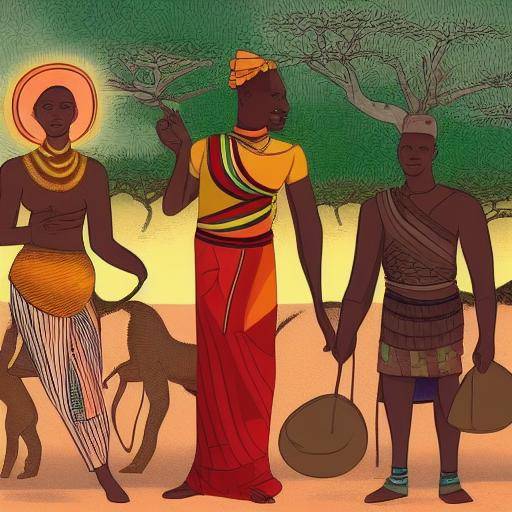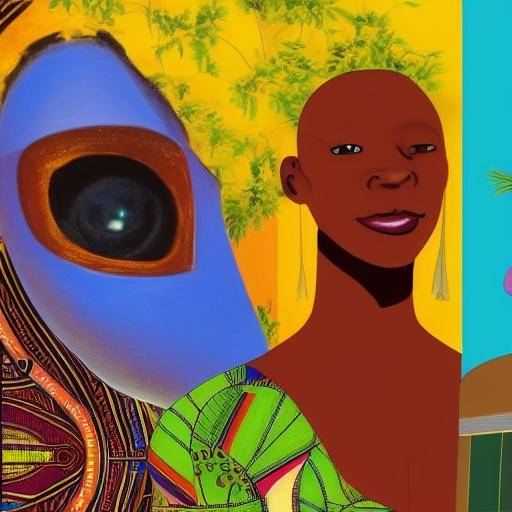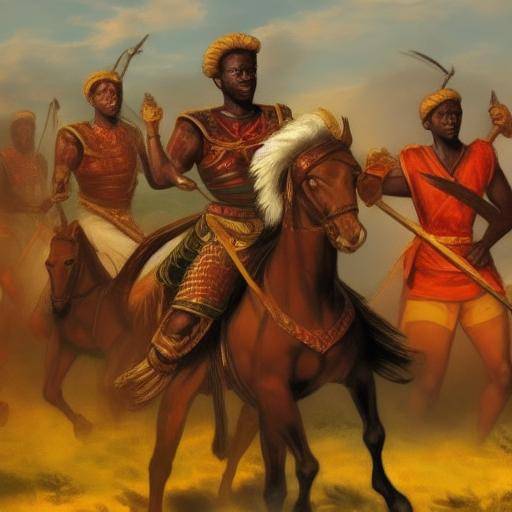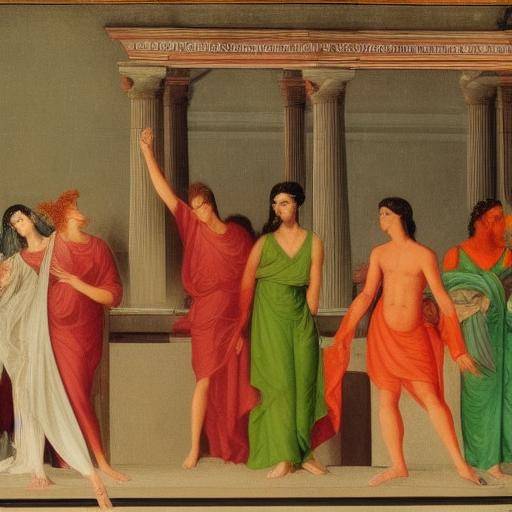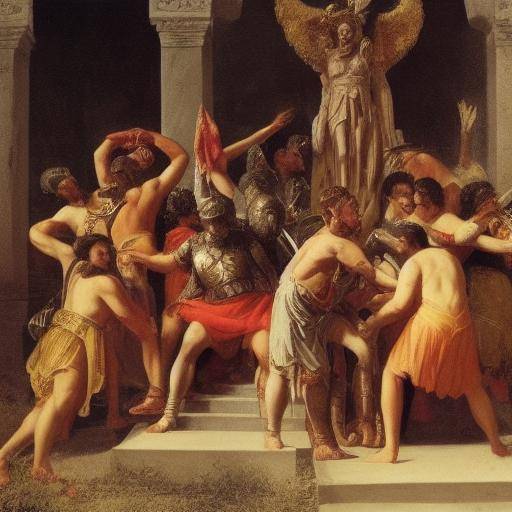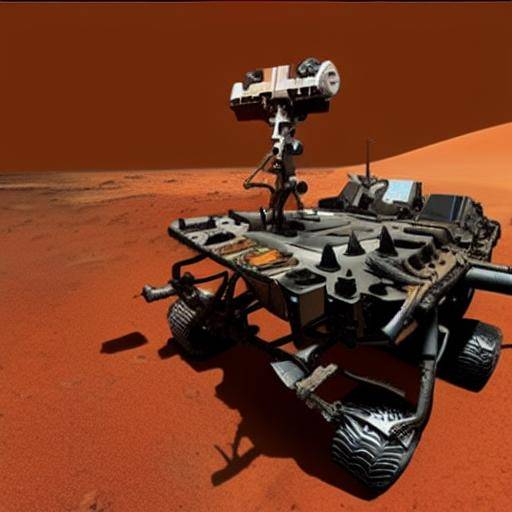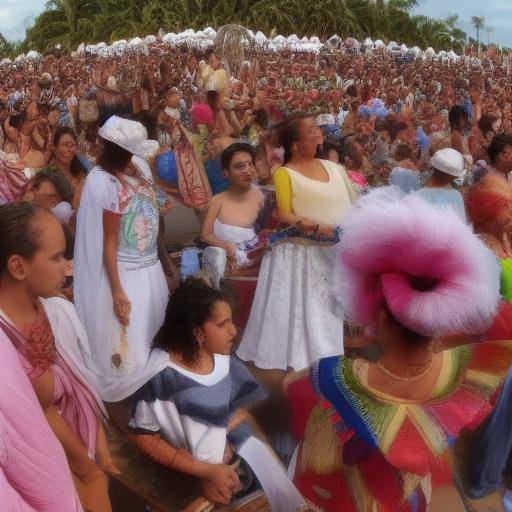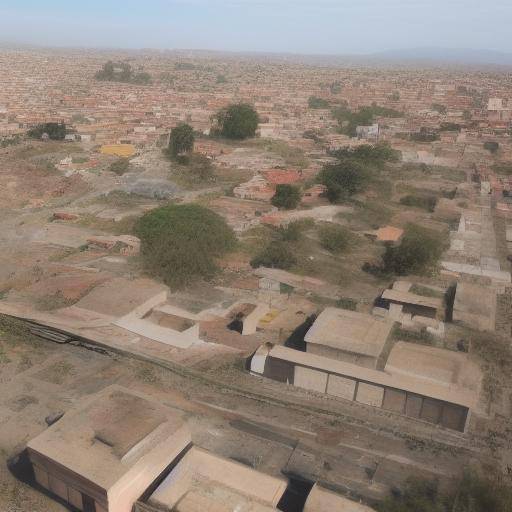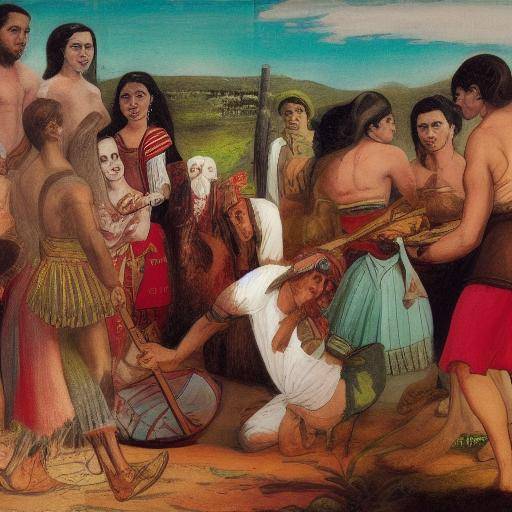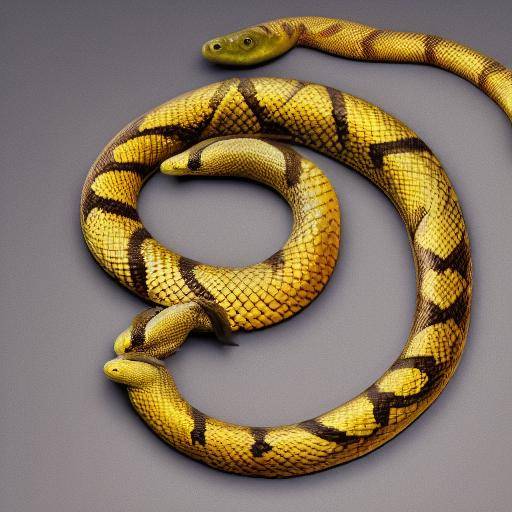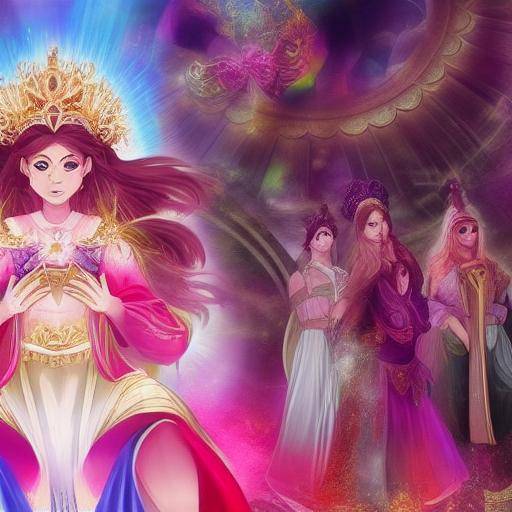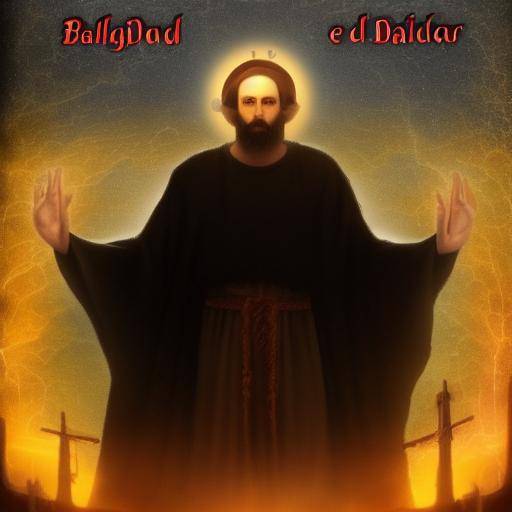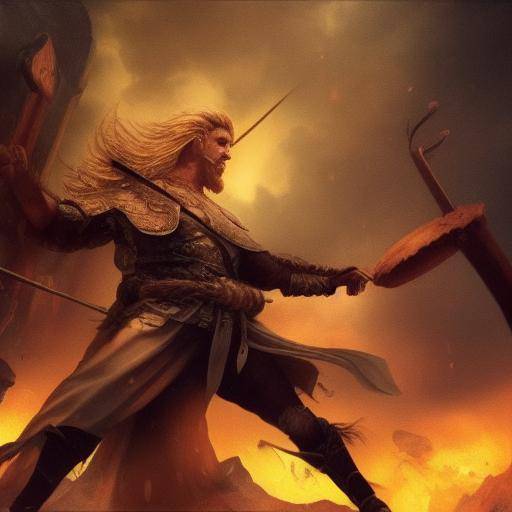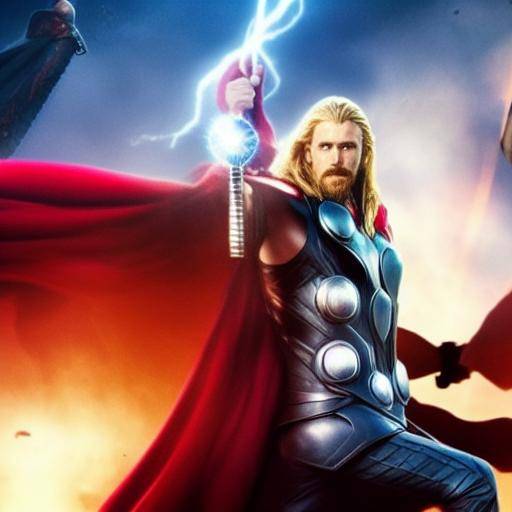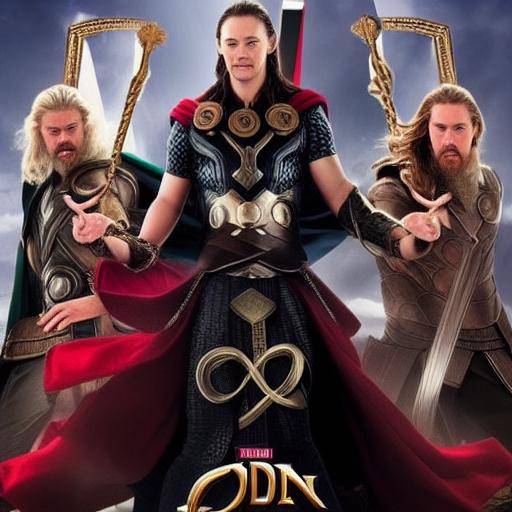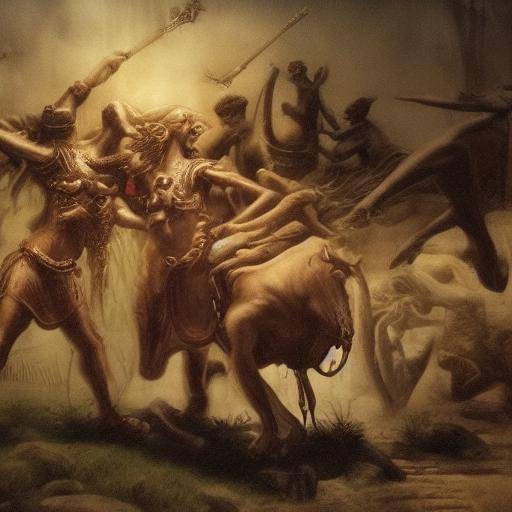
Mythology has provided the world with a rich heritage of fantastic narratives and creatures that have in love with entire generations. However, is there any truth behind these fascinating creatures? This article will take you on a journey from mythology to reality, exploring mythical creatures that have transcended myth and impacted the modern world.
Introduction
Since time immemorial, humanity has seen with astonishment the stories of mythical creatures that stare at stories, legends and myths. These creatures, from diverse cultures and civilizations, have gained life in the minds of people through stories full of magic and mystery. However, as humanity has progressed, some of these mythical creatures have found their place in reality, transcending their state of pure fantasy to establish themselves as real and tangible phenomena.
In this article, we will discover the fascinating connections between mythology and reality, exploring creatures such as the dragon, the phoenix, the kraken and many more. From its origin in the legends to its present presence, we will immerse ourselves in a journey that challenges the limits of what was once considered simply a fantasy.
History and Background
The roots of mythology go back to ancient civilizations, where legends of mythical creatures adorned the structures of beliefs and narratives. In cultures such as Greek, Nordic, Chinese and Egyptian, these creatures occupied a prominent place in mythical narratives, serving as symbols of power, wisdom or danger.
The dragon, for example, was an omnipresent figure in the mythologies of various cultures, representing cosmic forces, treasure protectors or entities with powers over nature. Meanwhile, the phoenix, with its ability to reborn from its own ashes, symbolized immortality and hope in an eternal rebirth. These mythological accounts transcended the limits of tangible reality, rooting in the minds of people over the centuries.
Analysis in Deep
As time passed, mythical creatures found their way to collective consciousness through literary works, visual art, and even contemporary references in popular culture. This phenomenon has led to a growing interest in seeking rational evidence or explanations behind these mythological creatures.
The study of paleontology and zoology has revealed signs of possible connections between mythical creatures and real animal species that inhabited the Earth in ancient times. Examples like the "Kraken" have found parallels with species of giant octopus that, although they do not exactly match the description of mythology, raise questions about the inspiration behind these legends.
Comprehensive review
Apart from this, the impact of mythical creatures on popular culture and the entertainment industry has helped to keep alive the interest in these fascinating figures. Movies, video games and novels have reinvented and reinterpreted these creatures, offering the public an opportunity to experience them in new forms and contexts.
The influence of these mythical creatures has not only been limited to the sphere of fiction. Even in the contemporary world, they continue to serve as powerful symbols in areas such as creativity, politics and spirituality.
Comparative analysis
By comparing mythology to reality, it is essential to consider how these creatures have transcended their original state as mere elements of fantasy to impact collective perception and the development of knowledge in the modern world. The integration of these mythical creatures into science fiction and archaeological research has generated fascinating interdisciplinary dialogues that have led to new perspectives and discoveries. The connection between mythology and reality has challenged pre-established perceptions, fostering a deeper understanding of the cultural and social influence of these creatures throughout history.
Practical Tips and Accessible Recommendations
While mythical creatures continue to captivate imagination, it is crucial to address this issue with an open and curious mind. In seeking to understand the influence of mythology in reality, it is advisable to maintain an interdisciplinary exploration attitude that encompasses both scientific and cultural knowledge. Creativity and respect for mythological traditions are fundamental to addressing this issue with integrity and openness.
It is vital to remember that mythology, although often perceived as pure fantasy, continues to offer valuable lessons on human condition, cultural diversity and human imagination. By exploring these mythical creatures, you can reveal significant aspects of history, philosophy and the worldview of different societies, offering a unique window to the ancient world and the legacy that has left us.
Industry Perspectives and Expert Reviews
The intersection between mythology and reality continues to inspire passionate debates between scholars, creatives and experts in various fields. The diversity of perspectives brings extraordinary wealth to the understanding of these complex relationships, enriching the dialogue on the transcendence of mythical creatures in contemporary society.
Experts in fields such as anthropology, archaeology, literature and science fiction offer multidisciplinary visions that contribute to broadening our knowledge of the influence of mythology in reality. In hearing and considering these diverse opinions, a more complete and nuanced view of the importance of mythical creatures in the present world can be obtained.
Case Studies and Real Life Applications
Throughout history, there have been numerous examples of how mythical creatures have influenced everyday life, decision-making and human creativity. From the use of mythological symbols on trademarks to the adoption of names of mythical creatures in the denomination of newly discovered species, these influences continue to resonate in our society.
Future Trends and Predictions
As time goes on, it is likely that fascination with mythical creatures will continue to evolve and generate new approaches and discoveries. The integration of technologies such as increased reality and artificial intelligence offers exciting opportunities to explore and experience these creatures in ways never before imagined. In addition, the continued expansion of scientific research is expected to shed light on possible connections between mythical creatures and future discoveries in paleontology, zoology and ecology.
Conclusion
In conclusion, the transcendence of mythical creatures from mythology to reality represents an exciting journey that immerses us in an exploration of imagination, knowledge and culture. As we investigate the rich mythological heritage that has endured through the centuries, we discover significant connections that challenge the limitations of what we once consider mere fantasies.
Frequently asked questions
1. What is the purpose of exploring the relationship between mythology and reality?
The exploration of this relationship allows us to understand how mythological narratives have influenced human perception, culture and knowledge throughout history. In addition, it provides an opportunity to analyze the complex interaction between imagination and human experience.
2. Are there scientific evidence to support the existence of mythical creatures?
While there are no direct scientific evidence to support the existence of mythical creatures, paleontology and other related disciplines have revealed similarities between mythological descriptions and fossil findings, which has generated interesting explorations of possible inspirations for these legends.
3. What lessons can we learn from mythical creatures?
Mythic creatures often encapsulate universal concepts such as courage, wisdom, fear and hope. Through his study, we can get insights into human nature, cultural differences and archetypes that have persisted over time.
4. How do mythical creatures influence contemporary culture?
The mythical creatures have left a profound mark on contemporary culture through their presence in films, literature, art and popular symbols. Its influence extends to fields as diverse as design, fashion, technology and psychology.
5. What is the relevance of mythical creatures in the modern world?
Beyond its mere attractiveness as fantastic figures, mythical creatures continue to inspire creativity, reflection and interdisciplinary dialogue. Its relevance lies in its ability to stimulate imagination, offer links with the past and raise questions about the nature of reality and mythology.
6. What is the importance of addressing these issues from an interdisciplinary perspective?
The interdisciplinary approach allows us to gather multiple perspectives and methodologies to fully understand the interaction between mythology and reality. By integrating disciplines such as history, anthropology, paleontology and literature, we can get a more complete and nuanced view of this fascinating theme.
The transcendence of mythical creatures from mythology to reality offers a fascinating exploration that goes beyond the borders of fantasy, challenging our understanding of the possible and nurturing our sense of wonder and curiosity. As we continue to explore the connections between mythology and reality, we immerse ourselves in a journey of discovery that enriches our understanding of the world and gives us the opportunity to appreciate the depth and breadth of human imagination.
Conclusion
In this article, we have explored the transcendence of mythical creatures from mythology to reality and examined their influence on culture, science and art. From their roots in ancient legends to their role in the contemporary world, these mythical creatures continue to inspire astonishment, reflection and interdisciplinary dialogue. By challenging our limits of perception and understanding, they open the doors to new forms of exploration, discovery and understanding.

